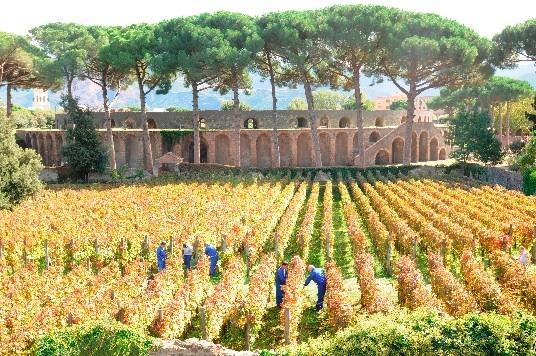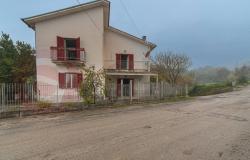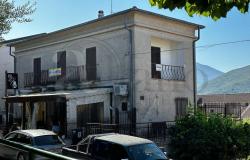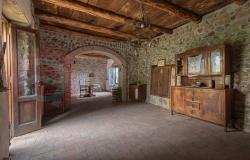The 14th annual grape harvest began October 31 amidst the ancient Roman ruins of Pompeii.
The harvest is part of an ongoing experiment to reproduce the wine grown in Pompeii before the town was buried by a volcanic eruption from nearby Mount Vesuvius in 79 AD.
The effort has widened over the years from one hectare of land near Pompeii's Forum Boarium, an area used for the same purpose in antiquity, to an additional five other areas as well.
The wine is made with local Piedirosso and Sciascinoso grapes using viniculture techniques from ancient Roman times, and has been named after the Villa dei Misteri (Villa of Mysteries), a Pompeii landmark famous for its cycle of frescoes. To determine which plants most closely matched the originals, experts leafed through numerous texts written in the 1st century AD by Pliny the Younger, a prominent politician and writer, and Columella, a Roman soldier who preferred farming to the military life.
The experts also gleaned information from artistic depictions of grape harvests and bunches of the fruit, which appear in the most famous homes of the city, as well as the reconstruction of an ancient wine press still visible today.
The idea was the brainchild of Antonio Mastroberardino, owner of a small wine-making company in the Avellino area near Naples and has been carried out through the Laboratorio di Ricerche Applicate (Laboratory of Applied Research).
Grape Harvest in Pompeii returns for the Annual Vendemmia

Location
You may also be interested in...
Latest property in Campania
574 m²
4 Bedrooms
550000
217 m²
3 Bedrooms
108000
96 m²
2 Bedrooms
58000
615 m²
0 Bedrooms
185000
362 m²
3 Bedrooms
379000
482 m²
9 Bedrooms
750000












